
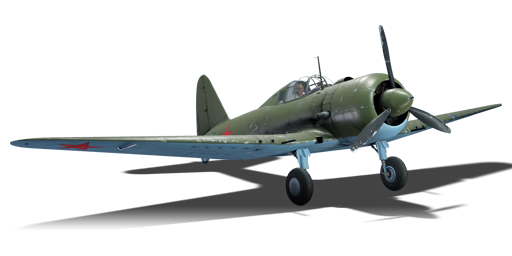


The development of the Su-6 began in 1939 when the Sukhoi design bureau started working on a single-seat ground attack aircraft. The performance of the Su-6 was overall superior to the Ilyushin Il-2 ground attack aircraft, unfortunately the radial engine powering the Su-6 exceeded its age limit before the testing was completed and thus no more engines were available for the aircraft to enter mass production. Thanks to combat experience with the Il-2s, later prototypes were designed with a rear gunner using 12.7 mm Berezin UBT machine gun protecting the rear hemisphere of the aircraft. This meant a decreased bomb load and to counter this, a more powerful engine was installed, the Shvetsov M-71F radial engine. Overall, the Su-6 was faster than the Il-2, however at the expense of carrying a smaller bomb load, the Su-6 never reached production, thanks to its late development and the introduction of the Il-10.
It was introduced in Update "Raining Fire". This Su-6 in particular is the first prototype, the one without a rear gunner and the less powerful M-71 engine. However the Su-6 is still very competitive and capable for its BR. It features a decent flight performance for an attack aircraft, with a mediocre top speed and acceleration but a good turn radius, although the mediocre engine translates to a low rate of climb. It has a very capable armament though, the twin 23 mm cannons are more than enough to destroy unarmoured ground targets and most aircraft in a few bursts with the right ammo. While the ground ordnance is somewhat decent, since neither the bombs or the rockets are particularly large, they should be used with precision.
flaps
flaps
flaps
brake
| Belt | Belt filling | Armor penetration (mm) at a distance: | |||||
|---|---|---|---|---|---|---|---|
| 10 m | 100 m | 500 m | 1000 m | 1500 m | 2000 m | ||
| FI-T/AP-I | 46 | 42 | 29 | 19 | 12 | 8 | |
| FI/FI-T/AP-I | 46 | 42 | 29 | 19 | 12 | 8 | |
| AP-I/AP-I/AP-I/FI-T | 46 | 42 | 29 | 19 | 12 | 8 | |
| Belt | Belt filling | Armor penetration (mm) at a distance: | |||||
|---|---|---|---|---|---|---|---|
| 10 m | 100 m | 500 m | 1000 m | 1500 m | 2000 m | ||
| T/Ball/Ball/AP-I/AI | 13 | 12 | 7 | 3 | 2 | 0 | |
| AP-I/AI/API-T | 13 | 12 | 7 | 3 | 2 | 0 | |
| AP-I/API-T | 13 | 12 | 7 | 3 | 2 | 0 | |
| AP-I/AP-I/AP-I/AI | 13 | 12 | 7 | 3 | 2 | 0 | |
| Name | Weight | Slot | ||||
|---|---|---|---|---|---|---|
| 5 × | 39.2 kg | 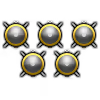 |  | |||
| 5 × | 75 kg | 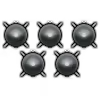 |  | |||
| 5 × | 211.8 kg | 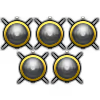 |  | |||
| 5 × | 258 kg | 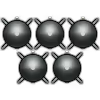 |  | |||
| 49.8 kg | 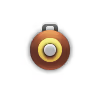 |  | ||||
| 103.5 kg |  |  | ||||
| 16 × | 408 kg | 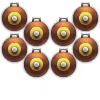 | ||||
| 4 × | 199 kg | 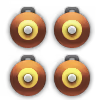 | ||||
| 4 × | 414 kg | 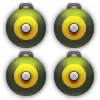 | ||||







 2 x (90 / 170 / 455) %
2 x (90 / 170 / 455) % 
 2 x 166 %
2 x 166 % 

Flight performance | |
|---|---|
Survivability |
|---|
Weaponry | |
|---|---|